Peanuts and Pillars: NYC's Architectural Journey
Embark on a captivating free walking tour exploring NYC's Upper West Side, where history and architecture meet the legacy of peanuts.
Time
3 Hours
Stops
6 Places
Distance
2.8 km
The American Museum of Natural History
Begin your tour at the world-renowned American Museum of Natural History, an iconic institution known for its impressive architecture and rich history of exhibitions, including a fascinating section on the history of agriculture and peanuts.
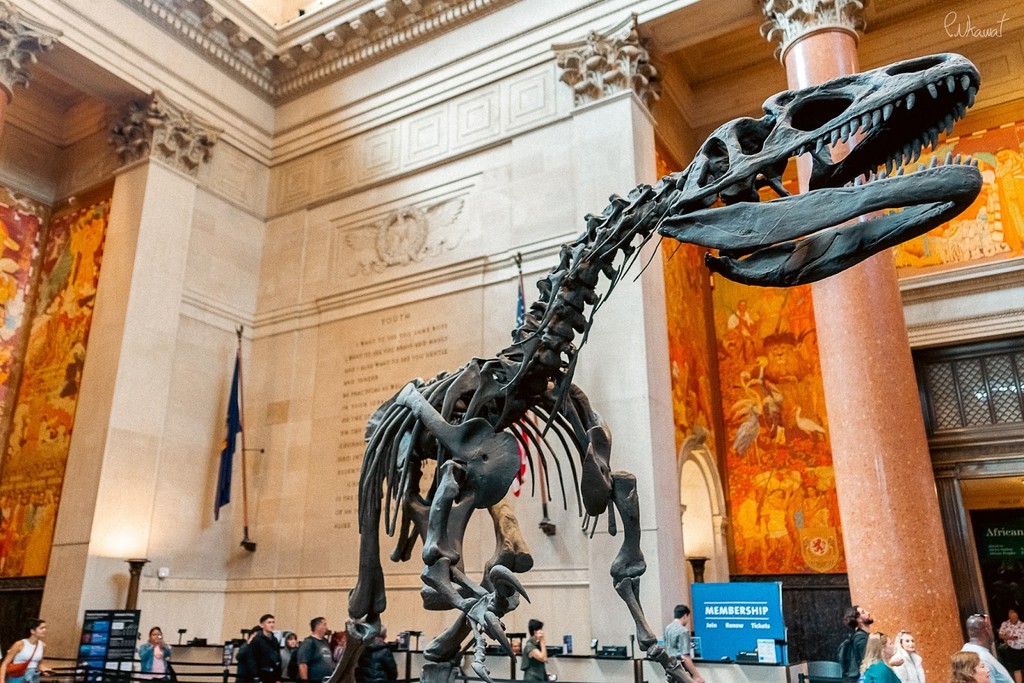
The American Museum of Natural History (Source: Google Maps)
The American Museum of Natural History (AMNH) is one of the largest and most celebrated museums in the world, renowned for its stunning architecture and vast collections. Founded in 1869, the museum has played a pivotal role in the study of natural history and science. Its iconic buildings, designed in the Romanesque Revival style, house over 33 million specimens, including fossils, cultural artifacts, and a significant collection related to the history of agriculture, including peanuts. The museum's dedication to education and research is evident in its many exhibits, such as the Hall of Biodiversity and the Rose Center for Earth and Space. With its rich history and commitment to understanding the natural world, AMNH stands as a beacon of knowledge and a must-visit landmark in New York City.
The Beresford
Head to The Beresford, another architectural gem of the Upper West Side, known for its majestic design and as a residence to many celebrities throughout its history.
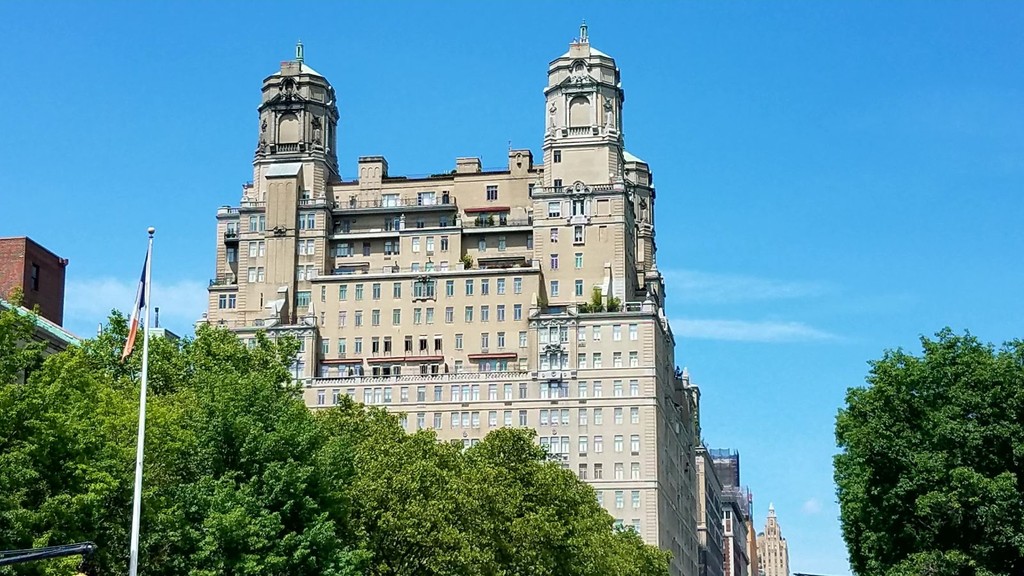
The Beresford (Source: Google Maps)
The Beresford is a historic residential building located on the Upper West Side, completed in 1929 and designed by the renowned architectural firm of Schwartz & Gross. This stunning example of Art Deco architecture features a distinctive façade adorned with intricate terra cotta detailing and a prominent entrance. Over the years, The Beresford has been home to numerous celebrities and prominent figures, contributing to its allure and mystique. The building's design includes a variety of apartment layouts, offering residents a taste of luxury living in one of NYC's most sought-after neighborhoods. Its location near Central Park and the cultural institutions of the Upper West Side makes it a significant piece of the city's architectural heritage, reflecting the opulence of the era in which it was built.
Zabar's
Visit the iconic Zabar’s, a gourmet market and deli, where you can sample a variety of foods and pick up some peanut-based snacks to enjoy on your walk.
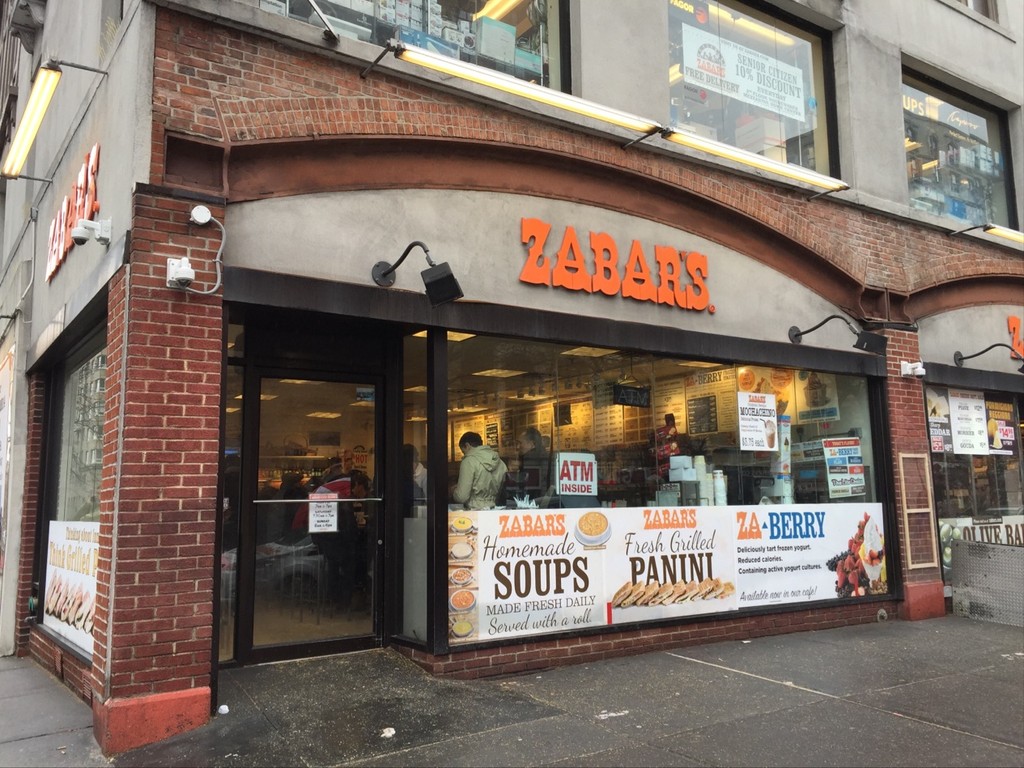
Zabar's (Source: Google Maps)
The Dakota
A short walk to The Dakota, one of NYC's most famous residential buildings, showcasing stunning architecture and a history intertwined with many notable figures, including John Lennon.
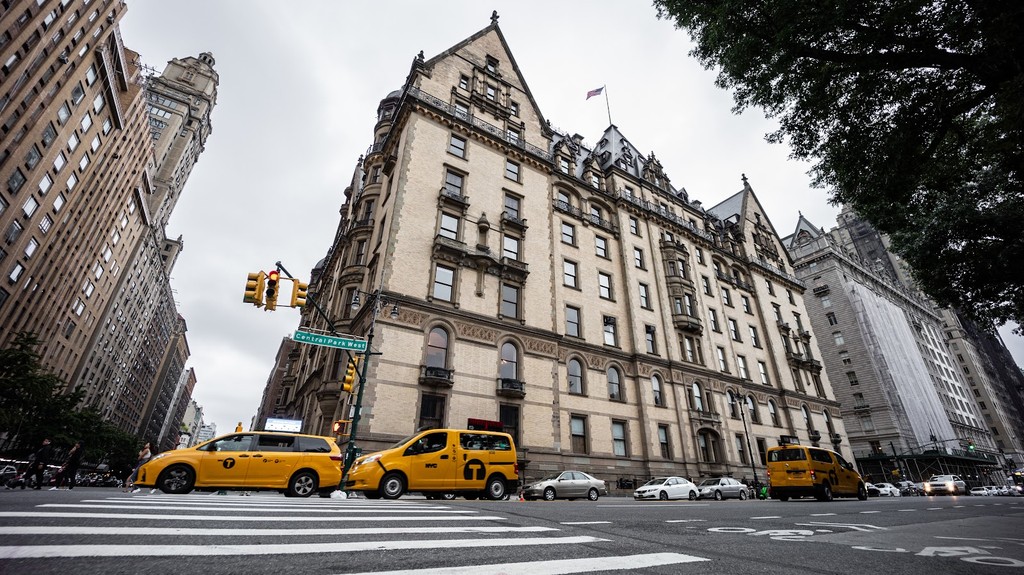
The Dakota (Source: Google Maps)
The Dakota, completed in 1884, is one of New York City's most famous residential buildings, located at the corner of 72nd Street and Central Park West. Designed by architect Henry Janeway Hardenbergh in a Victorian Gothic style, the building is noted for its distinctive brick and brownstone façade, ornate ironwork, and striking architectural details. The Dakota has a rich history, having been home to numerous notable residents, including John Lennon, who was tragically shot outside the building in 1980. The building's unique architecture and historical significance make it a landmark of both cultural and architectural importance. Its proximity to Central Park adds to its charm, making it a focal point for both visitors and locals. The Dakota's storied past and architectural beauty continue to captivate those who stroll through the Upper West Side.
Strawberry Fields
Continue to Central Park's Strawberry Fields, a peaceful memorial dedicated to John Lennon, reflecting the cultural history of the area and offering a serene spot to enjoy the park's natural beauty.
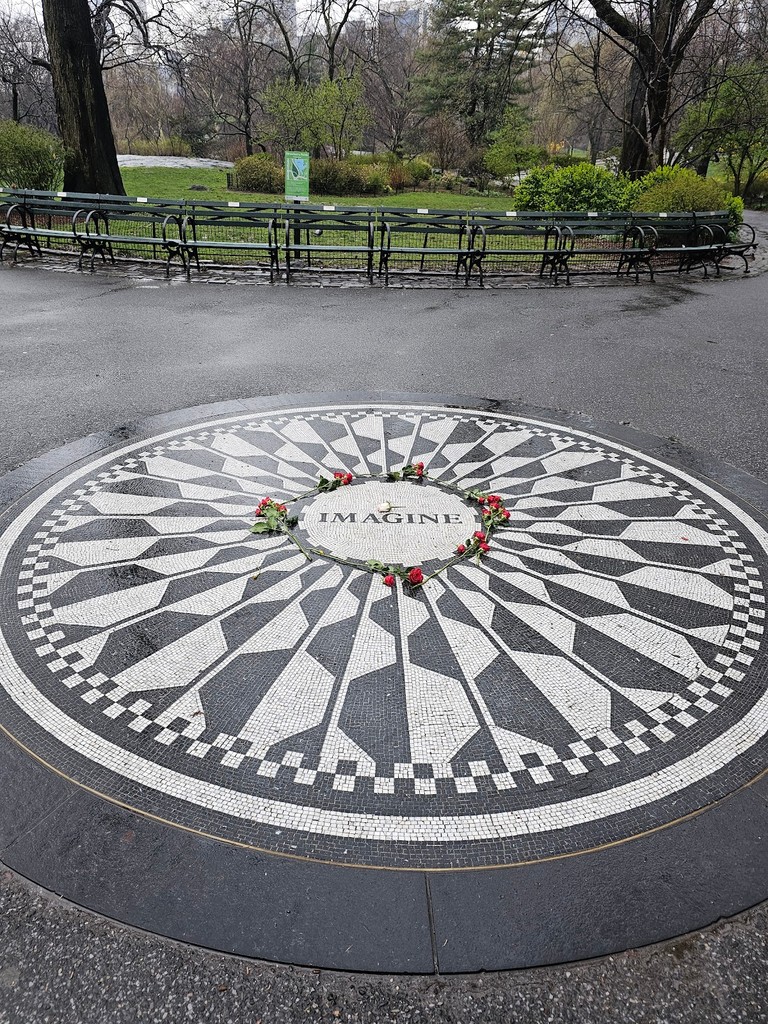
Strawberry Fields (Source: Google Maps)
Strawberry Fields is a serene 2.5-acre section of Central Park dedicated to the memory of John Lennon, located directly across from The Dakota, where he lived. Designed by landscape architect Bruce Kelly, this tranquil spot was opened in 1985 and features the iconic 'Imagine' mosaic, which serves as a tribute to Lennon's legacy and message of peace. The area is a gathering place for fans and visitors from around the world, reflecting on Lennon's impact on music and culture. Surrounded by lush gardens and trees, Strawberry Fields provides a peaceful escape amidst the bustling city. The site is not just a memorial but also a symbol of hope and unity, drawing people to reflect on Lennon's vision for a better world. Its cultural significance and beautiful design make it a cherished part of Central Park.
The New-York Historical Society
Conclude your tour at the New-York Historical Society, where you can delve into exhibits highlighting the rich history of New York City and its diverse cultural heritage.
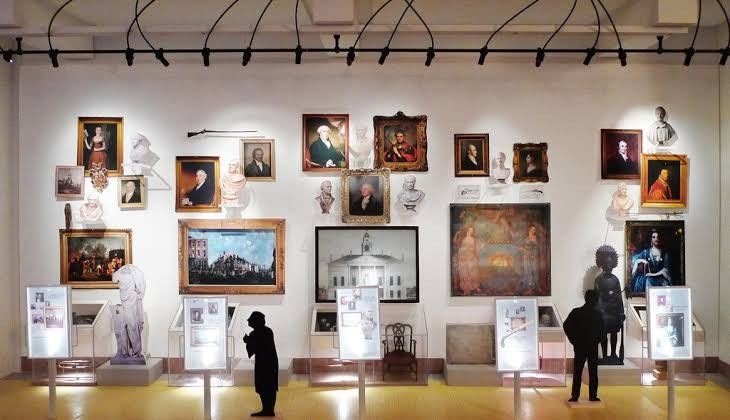
The New-York Historical Society (Source: Google Maps)
The New-York Historical Society, founded in 1804, is the oldest museum in New York City and a vital institution for understanding the city's rich history and cultural heritage. Located on Central Park West, the society houses an extensive collection of artifacts, artworks, and documents that span over 400 years of history. The museum's architecture, designed in the Beaux-Arts style, features a grand façade and a stunning interior that includes galleries, a library, and an exhibition space. Visitors can explore exhibits that delve into topics such as the American Revolution, the Civil War, and the city's diverse communities. The New-York Historical Society also hosts lectures, educational programs, and events, making it a hub for historical scholarship and public engagement. Its commitment to preserving and interpreting New York's history ensures its place as a key landmark in the city's cultural landscape.
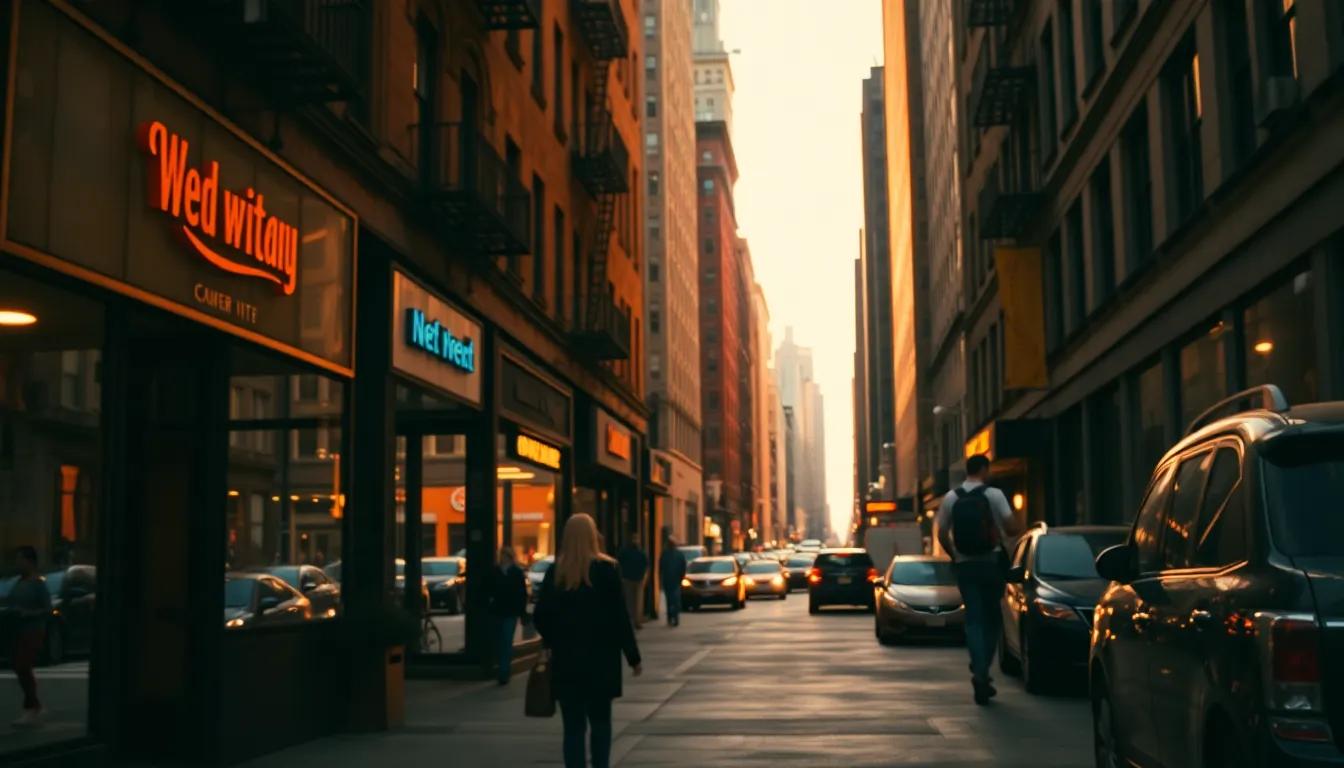
Your travels, your rules.
Create your own Free Walking Tours.
Set your preferences, distances and anything you want to do or see.
Completely free, no payment required.